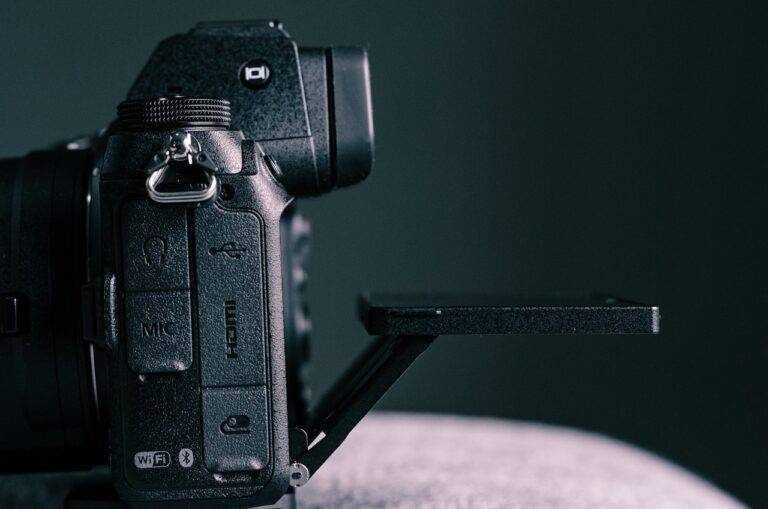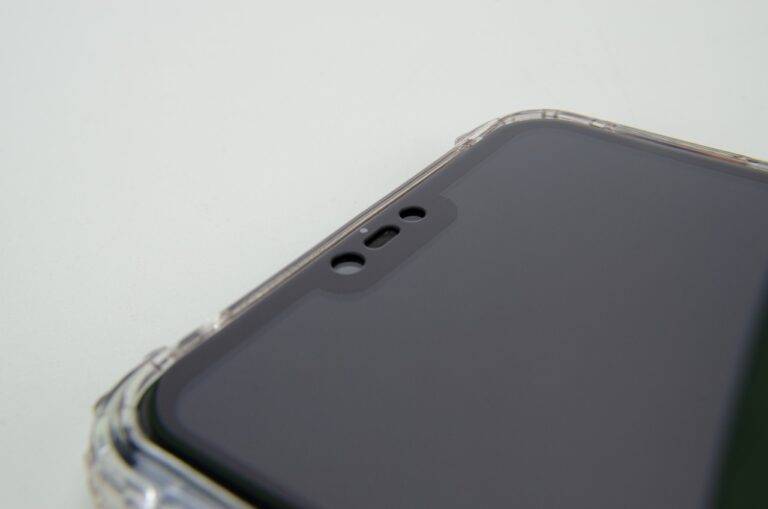Exploring the World of Biometric Authentication
Biometric authentication has a fascinating history that dates back to ancient times. The earliest known use of biometrics can be traced back to ancient Babylon, where signatures and seals were used to verify individuals’ identities. Fast forward to the 19th century, when Sir William Herschel recorded thumbprints to prevent forgery on documents in India. These early methods laid the groundwork for the sophisticated biometric technologies we use today.
Advancements in the late 20th century saw the development of automated biometric systems that utilized fingerprints, facial recognition, and iris scans for identity verification. In the 21st century, the integration of biometric authentication into smartphones and other devices has become increasingly common, revolutionizing the way we securely access our digital information. The evolution of biometric authentication continues to progress, with researchers exploring new modalities such as vein pattern recognition and behavioral biometrics for even more secure and convenient identification methods.
• Biometric authentication has a rich history dating back to ancient Babylon
• Sir William Herschel recorded thumbprints in the 19th century to prevent forgery
• Automated biometric systems using fingerprints, facial recognition, and iris scans were developed in the late 20th century
• Integration of biometric authentication into smartphones and devices is common in the 21st century
• Researchers are exploring new modalities such as vein pattern recognition and behavioral biometrics
Different Types of Biometric Authentication Technologies
Biometric authentication technologies utilize unique physical or behavioral traits to verify an individual’s identity. One common type is fingerprint recognition, where the system analyzes the ridges and valleys on a person’s fingertip to grant access. Another widely used method is facial recognition, which maps facial features such as the distance between the eyes and the shape of the nose to authenticate users.
Voice biometrics is another key technology, leveraging the distinctive characteristics of an individual’s voice to confirm their identity. By analyzing factors like pitch, tone, and cadence, voice recognition systems can accurately verify users. Additionally, iris recognition technology scans the intricate patterns in the colored part of the eye to grant access securely.
Advantages of Biometric Authentication
Biometric authentication offers enhanced security measures by utilizing unique biological traits of individuals, such as fingerprints, facial features, iris patterns, or voice recognition. These characteristics are extremely difficult to replicate or forge, providing a higher level of security compared to traditional password-based systems. By implementing biometric technology, organizations can significantly reduce the risk of unauthorized access and potential security breaches.
Additionally, biometric authentication streamlines the user login process by eliminating the need for individuals to remember complex passwords or carry physical tokens, such as access cards or keys. This not only enhances user experience but also increases efficiency in various sectors, including healthcare, finance, and government agencies. With biometric authentication, individuals can securely access their accounts or facilities with a simple scan or recognition, saving time and minimizing the frustrations associated with forgotten passwords or lost tokens.
What is the history of biometric authentication?
Biometric authentication has been used for centuries, with fingerprints being the most commonly recognized form of biometrics. The modern use of biometric authentication began in the 1960s with the development of fingerprint recognition technology.
What are some different types of biometric authentication technologies?
Some different types of biometric authentication technologies include fingerprint recognition, facial recognition, iris recognition, voice recognition, and palm vein recognition.
What are some advantages of biometric authentication?
Some advantages of biometric authentication include increased security, convenience for users (no need to remember passwords), decreased risk of identity theft, and improved accuracy in verifying identity.





